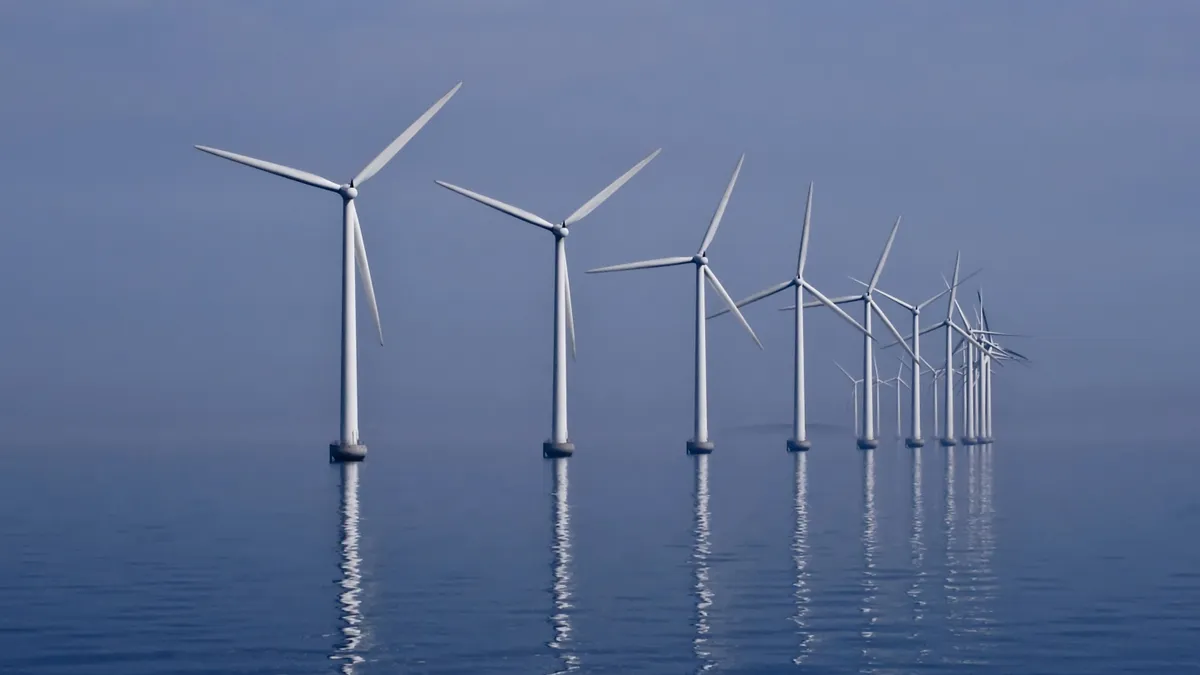Dive Brief:
- Developers have canceled plans for a 468 MW offshore wind farm that would have been located five miles from Cape Cod, Mass., following years of staunch opposition from a range of well-funded opponents.
- The project was conceived in 2001 but has faced years of delay and recent setbacks. In 2015, utilities cancelled the power purchase agreements that supported more than three quarters of the project's capacity.
- Company officials say they have informed the Department of Interior's Bureau of Ocean Energy Management (BOEM) that they would cease development of the wind farm and terminate a lease on the 46 square mile area.
Dive Insight:
Cape Wind was controversial from the start and its detractors were well-connected and committed. Bloomberg notes that both the Kennedy and the Koch families opposed the project, which would have supplied power to Martha's Vineyard, Nantucket and other Cape Cod islands.
The Alliance to Protect Nantucket Sound, a group that feared the project would destroy habitats, change tides and threaten endangered species, issued a statement hailing the news but vowing to remain vigilant.
Audra Parker, president and CEO of the alliance, said the group would "move forward with the strong and determined coalition we have forged to make certain that never again is a private developer given the rights to land that belongs to all of us."
In 2010, BOEM issued Cape Wind the nation’s first commercial lease to construct and operate an offshore wind power facility. The offshore wind industry is expected to flourish, but what could have been the first U.S. project has now been abandoned. Cape Wind has filed to terminate its lease.
In a statement emailed to the Cape Cod Times, Cape Wind President James Gordon said, “During Cape Wind’s development period we successfully developed over a billion dollars of renewable solar and biomass energy projects and, although we were unable to bring Cape Wind to fruition, we are proud of the catalyzing and pioneering effort we devoted to bringing offshore wind to the United States."
Earlier this year, BOEM issued a final supplement to the project's environmental impact statement (SEIS) in response to a 2016 order by the D.C. Circuit Court of Appeals. The release of the final SEIS came after a two-year suspension of the lease expired in July.
A court order had vacated the project's final SEIS, initially released in 2009, saying the agency couldn't guarantee that the seafloor could support the wind turbines.The updated SEIS addressed the court's demand for more geological surveys before the project could move forward.
Cape Wind was designed to utilize 130 3.6 MW turbines, with a total nameplate capacity of 468 MW. According to BOEM, the project had an average anticipated output of 174 MW, or enough electricity to power about 61,000 homes.














